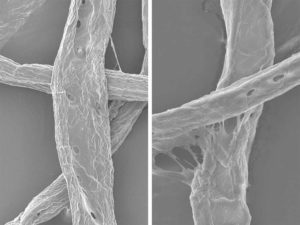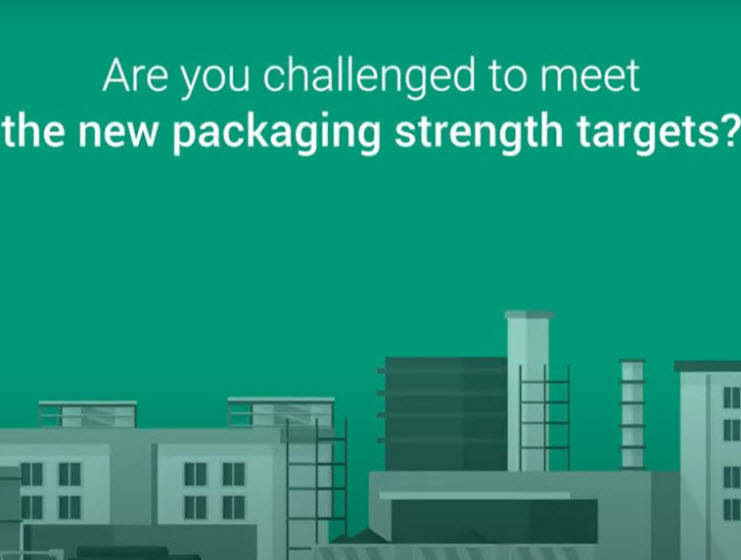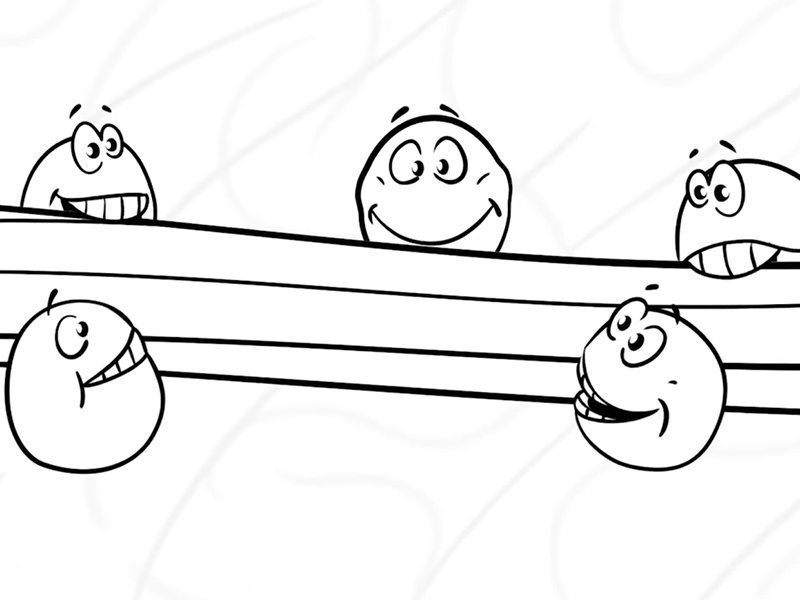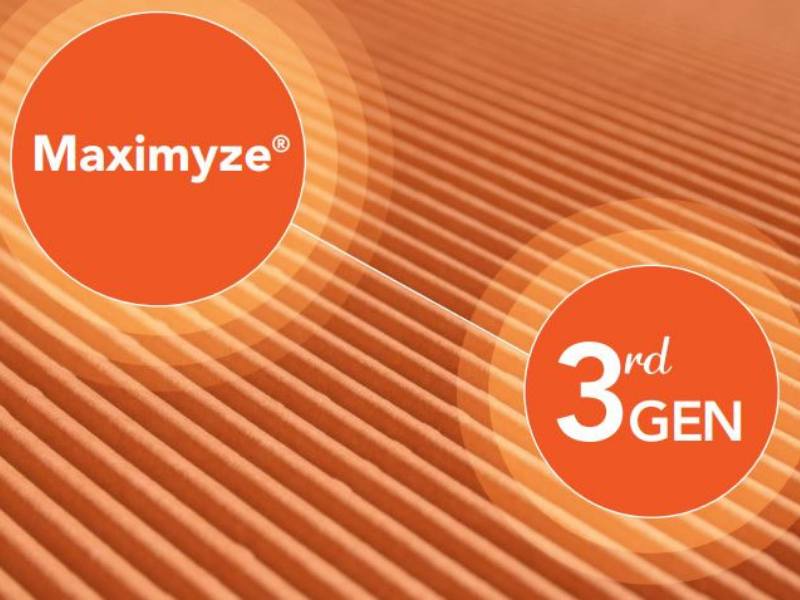Contact Us
Market and consumers demand strong, lightweight, sustainable packaging
The fiber–based packaging industry is striving to remain competitive and profitable while meeting the increasing demands of its customers for stronger and lighter product, while replacing plastic-based packaging.
The industry is expected to continue to grow with the boom from major online retailers and general E–commerce. According to McKinsey, it’s set to reach a half–trillion dollars by 2026. On the other hand, the market is driven by the fact that retailers and shippers are demanding board that is stronger and lighter due to customer demand for rightsizing.
This environment is creating many pressures for the packaging industry: the need to use lower quality fiber from increased recycling, the need to improve strength, lower total operation costs, increase production and reduce energy and fiber consumption.
Additional sustainability and regulatory pressures combined with increasing competition from plastic–based packaging creates an even more dynamic and competitive market.
To meet market demands most mills rely on these costly levers in order to achieve strength targets: using polymeric/starch solutions, adding basis weight, reducing speed, increasing refining and managing fiber quality. These actions can create unintended consequences in your process, and in many cases, they are overused to a level of diminishing returns. Sometimes even with all these tools, mills are unable to meet market demand for quality and strength–to–weight ratio resulting in rejected product or discounted product.
All these strategies work, but they increase cost and introduce instability to the process. Some of these approaches also limit your mill’s ability to increase production and the ability to meet market demands or your company’s sustainability metrics. What if you were to work on the fiber independent of your retention and drainage (RDF)and polymeric strength programs?
Minimizing the use of your current levers will enable you to manage your wet end with more independent control, increasing strength, reducing energy consumption, and optimizing your fiber supply.
By making your fiber more receptive to your levers, you will have a new and more effective way to achieve the strength/weight targets.
When you do this, your ability to increase production targets will improve, while reducing overall chemical cost.
 Can you box above your weight target?
Can you box above your weight target?
Light-weight boxmakers can win against the heavyweights with Maximyze.
E-commerce is impacting the number of boxes shipped around the globe and how they are collected for recycling. There is more pressure to increase the strength–to–weight ratio. The impact of social media on environmental concerns is increasing the speed of change and driving the development of fiber-based products to replace plastics. At the same time, it is impacting the number of times fiber is recycled resulting in lower quality fiber and higher levels of contaminants. All these trends are impacting the papermaking process and increasing the difficulty to meet strength improvement demands
What if you could substantially improve productivity?
By decoupling your wet end chemicals, you will be able to manage your retention and polymeric strength programs to be more independent of each other. This will result in improved system stability with less chemical use.
Also, you can have the ability to use lower quality fiber or increase Kappa and yield from virgin fiber.
By doing this you can reduce cost of operation and reduce variability while consistently hitting strength targets.
Maximyze® technology is independent of wet end chemistry and resilient in highly contaminated systems.
By implementing a Maximyze enzymatic refining program, you can increase the reactive sites on your fiber and meet target strength. All this while increasing machine speed due to better drainage and substituting your more expensive fiber for lower quality fiber without having to overdose chemicals or overweight your sheet.
Maximyze is used to modify the fiber on a molecular level in contrast to mechanical refining, which does it on a macro level. This technology is not negatively affected by whitewater contamination, conductivity or other additives you use, allowing you to optimize your RDF and polymeric strength programs.
Have you had variable success with enzyme trials in the past?
Until recently, mills have attempted to use fiber modification enzymes in their process. Lack of understanding of product formulation and process control by some suppliers resulted in failed trials, giving the perception that enzymes don’t work.
The reality is that several factors such as fiber type, system conditions and operational protocols contribute to these failures. With the improved knowledge of how to pair enzyme formulations with fiber morphology, we ensure the correct product is used. Having the understanding of reaction combined with the knowledge of protocol and system conditions, Buckman can best design a program to deliver the targeted results.
What if you could increase your confidence in enzyme performance as your fiber supply changes?
Having a greater understanding of the fiber being used and the intended goals of grade development allows for optimized product selection based upon your mill’s specific conditions and goals. As cost and sustainability considerations continue to increase, there is an ongoing need to innovate with different fiber sources and approaches.
Buckman’s Fiberlytics™ provides the means to understand how the fiber samples vary and how readily they will behave versus other fiber sources. By coupling a greater understanding of the fiber source with the broad capabilities of enzymes, Buckman can facilitate a more successful adoption of new fiber sources, allowing your mill to differentiate your products with greater efficiency.
By selecting the best Maximyze product to provide the specific outcome you want for your system based upon your fiber, you can be confident that you are getting the most strength or increased drainage from your fiber.
Buckman’s Fiberlytics™ technology allows for a greater understanding of the fiber surface as fiber sources change and can help your mill use the best possible enzymatic formulation for your fiber. Buckman draws from over 15 years of experience with enzymes and product development to best understand which enzymes will work on which substrates and under which conditions to give you the best opportunity for success.
Changes in fiber type also provide a gap regarding the full treatment regimen to use with a fiber source. If fiber quality is not constant within or between sources, there is the potential for over-spend on process chemistries.
Third generation Maximyze enzymatic fiber modification:

Fibers before (L) and after (R) application of Maximyze.
Improves performance
Improved drainage, machine speed, and plybond strength can mean greater profitability for your mill and more flexibility in your production.
Reduces costs
Third generation Maximyze can help you reduce costs every step of the way, including the costs of:
- Fiber —Get desired results with lower-cost fiber
- Energy—Reduce refining energy and dryer steam costs
- Chemistry—Replace more costly strength additives
- Transportation—Reduce chemistry volume dramatically, reducing the number of deliveries and storage requirements
Improves sustainability
In addition to return on investment, Maximyze offers a measurable return on environment:
- Reduced basis weight
- Lower steam consumption
- Reduction in machine drive electrical load
- Reduced refiner energy
- Less CO2 emissions generated by mill activities and product delivery

Maximyze® for Packaging Video
Changes in recycled fiber quality can mean increased contamination and system instability. Learn how Maximyze helps papermakers deal with this variability and lower quality.
WATCH VIDEO
Maximyze® Video
Watch this short video to see how Maximyze enzymatic technology refines fibers.
WATCH VIDEO
Maximyze® Enzymatic Fiber Modification for Packaging
Take your recycled fiber performance to the max. Treat your fibers to third generation Maximyze.
LEARN MORE

